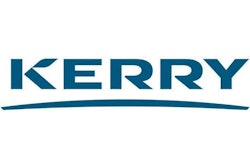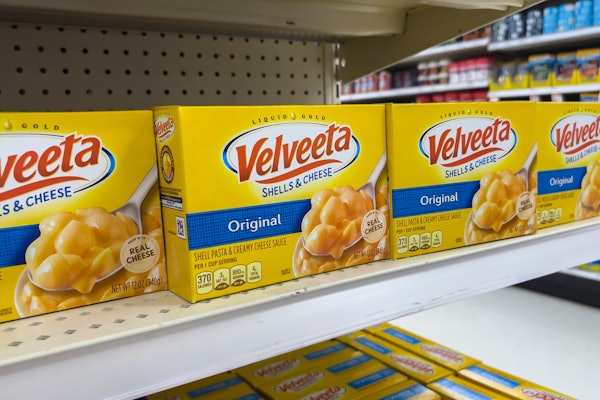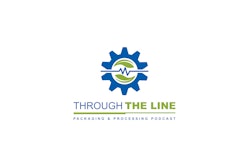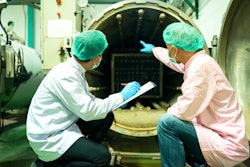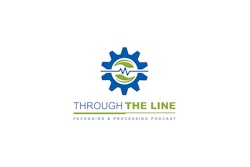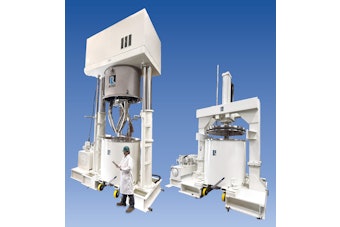Managing for daily improvement (MDI) has a rich history. Many in manufacturing know it as daily direction setting (DDS) from P&G’s Integrated Work Systems or as the Floor Management Developmental System (FMDS) from the Toyota Production System. Regardless of its origin, the introduction of an MDI model for transformative success into the food and beverage industry can greatly accelerate manufacturing performance and sustain the results. It inverts the traditional management hierarchy within a plant with new methods and work processes that enable employees to engage deeper and be more successful.
Regardless of which MDI system you choose, they all have a common purpose:
- Enabling communication and data flow at all levels of the production facility with special emphasis on the shop floor.
- Identifying problems quicker and putting solutions into play to solve them.
- Growing peoples’ skillsets and career opportunities.
Because of these, an MDI process provides a backbone or engine that greatly increases total employee engagement in its three most important pillars—empowerment, enablement, and communication. To learn more, see OpX Leadership Network document on Workforce Engagement (pfwgo.to/engage).
To learn more about MDI and how it’s used in real life, FSO Institute spoke with two of its most vocal champions: Doug Herald, co-CEO at Covenance Group Manufacturing, and Dan Sileo, FSO coach, formerly at Sunny Delight.
FSO Institute: Doug, you’ve used MDI frequently throughout your career for productivity improvements and for improvement in the careers of your work associates. How does MDI work?
Doug Herald: One of the greatest difficulties in implementing MDI is overcoming the traditional top-down mindset of management. At the heart of MDI is two-way communication, not one-way command-and-control. MDI is dependent on the deep engagement of employees that strives to capture the ideas, skills, and talent of those on the shop floor who live their manufacturing existence every day. By engaging them and collaborating with them, productivity improvement opportunities are identified and attained with greater ease.
There are five fundamental pillars in an MDI process: safety, quality, people, service, and cost. As to how MDI actually works, there are a few critical things to consider:
- Commitment throughout the organization: While leadership may not be involved in the day-to-day, they must understand the concept, support it, and realize the financial benefits to be gained. And certainly, closer to the shop floor, there must be individual commitment as well.
- Educating yourself: All must understand the value of servant leadership, the idea that it is leadership’s job to make everyone around them successful. This is a significant change in mindset that is illustrated in the Toyota inverted pyramid and FMDS roadmap.
- Training: Initially and quickly, you train shop floor employees on the MDI concept. You then move to a “learn by doing” method. This is led by shop floor leadership generally on one line that serves to set up a model for MDI implementation. It is critical during training that employees buy in, take ownership, and become advocates for the MDI process. Once the model becomes standard operating procedure, it can be positioned for rapid reapplication across plants and the broader enterprise.
- Link training to KPIs: Be sure that training is linked to the most important key performance indicators. In fact, during training, it is not unusual for KPIs to be adjusted as employees are learning by doing.
- Monitor results: Through Gemba Walks and other methods, employ a PDCA (Plan, Do, Check, Adjust) process so that agreed-upon outcomes are realized. Throughout the entire process don’t forget to celebrate successes with the entire team!
One of the most important things to remember about MDI is that it is task-driven. But done properly, the tasks become a tool.
FSO Institute: Dan, Doug mentioned the financial benefits of implementing MDI. Can you provide an example of how MDI benefits a manufacturer financially?
Dan Sileo: One of the best examples involves how manufacturers deal with product waste. In one example, a War on Waste was declared, resulting in a $2.5 million dollar savings for the manufacturer. They did this by implementing an MDI process. So, instead of a top-down edict where two or three people identify the source of waste and fix it, this manufacturer approached the entire shop floor team, pointing out the problem and asking them how they could solve it. In other words, leadership engaged the entire team to not only solve the problem, but to institutionalize the problem-solving process not only on waste, but on other manufacturing challenges as well. To learn more, read the case study, "Focus on the Floor."
FSO Institute: If MDI is such a powerful tool, why aren’t more facilities using it?
Sileo: In my experience, there are three main reasons:
- Investment: In people terms, leaders need to become servant leaders who spend more time coaching vs. telling people what to do. In financial terms, it typically requires a shift overlap so that the shop floor teams can conduct their daily business, and some companies are not willing to pay for this.
- Fear: Many managers, supervisors, and other leaders in the organization fear they may lose their power base if they give up too much information. Remember, information is power and is often horded and controlled. MDI systems are predicated on information sharing and collaboration.
- False assumptions: Some managers do not believe that people who work on a production floor have the capability or desire to handle these types of systems. That may be true in a few individual cases, but as has been seen time and again in implementing these systems, most people not only meet but exceed the leader’s expectations once they understand the “what and why” behind the process.
Finally, there is one thing to think about regarding how not to get started in MDI: Early on, avoid too much automation in the process. The MDI process is not a rigid one. It is much more fluid and relies upon the ebbing and flowing of things.






